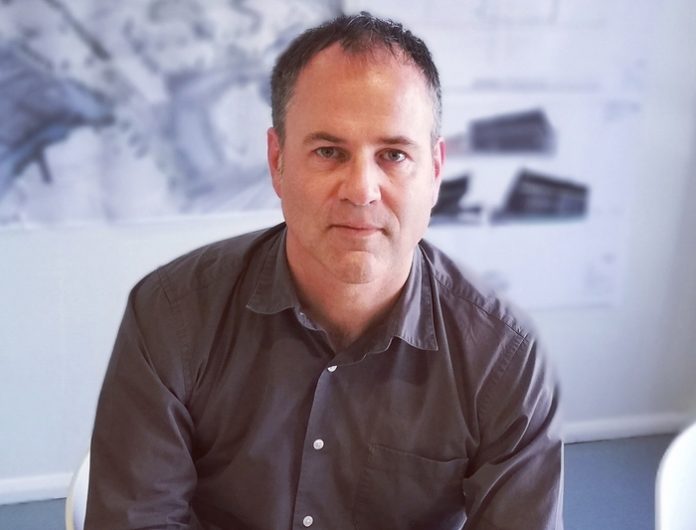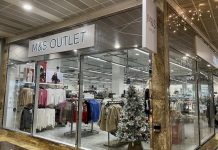Nick Fairham, architect director at the Bristol studio of global architecture practice BDP, makes his top 5 predictions for next year:
The hyperlocal high street will take off
With a hybrid model combining office-based and remote working expected to last well beyond the pandemic, we’re likely to see hyperlocal high streets experience somewhat of a renaissance. With so many people working from their homes coupled with a huge movement to support independent businesses, neighbourhood shops, restaurants and cafes have really come into their own this year and this trend is only set to grow. Expect pop-up hubs providing office equipment such as printers and photocopiers to serve our home workers, the rise in popularity of co-working and the launch of small satellite offices in outlying areas.
Mixed-use city centres… but how about multi-generational too?
For city centres, the story is a very different one. We all know the major impact this year has had on the retail sector at large. With empty retail units increasing, the shift to a mixed-use city centre was already taking place with a much greater emphasis on housing; the events of this year will catapult this trend forward further in 2021. What is interesting is that we are seeing a change in the demographic of those lives in city centres – with homes being created not just with young professionals in mind, but older people too, bringing multi-faceted benefits for mental health and well-being.
Well-being – the buzzword of 2020, but will 2021 be the year it becomes truly measurable?
There is no doubt that this year has given us cause to re-evaluate our priorities and the same applies to the workplace. We expect to see significant shifts in the expectations of the workforce; they will vote with their feet and go elsewhere if employers do not deliver high quality, flexible working environments. We predict wellbeing will become more readily and easily measurable in 2021. The Well Certification – think BREEAM for wellness – is likely to be much more commonly used.
Let 2021 be the year low carbon reaches the top of the agenda
We are reaching a tipping point now; having been catapulted forward somewhat in terms of the world’s thinking about the importance of tackling climate change this year. Investment decisions will rest on the sustainability of a building or infrastructure. The net zero agenda comes to the fore in every bid we work on and creative approaches to design are more important than ever. Why build new when you can retrofit or refurb? It’s the first question we ask and long may this continue.
“First life, then spaces, then buildings”
As Jan Gehl, the Danish urban designer, neatly summarised, we should start with the people and how they live, then work on the spaces and places, and only then create the buildings. If 2021 has taught us anything, it’s that social interaction is a basic human need. We are starting to see this requirement designed into new communities of homes with a strong public realm and multi-purpose community hubs, but there’s definitely more progress to come. Proximity to green spaces has also risen up the agenda, and rightly so. The pandemic has highlighted the fragility of our healthcare system and the critical need to focus on keeping our populations healthy from the outset, by encouraging people to take more responsibility for their own health and through a drive to keep people out of hospitals, for example the emergence of community diagnostic hubs. Healthcare of the future starts at home – and this must be fundamental to the design approach taken from day one in creating the places where we live.




















